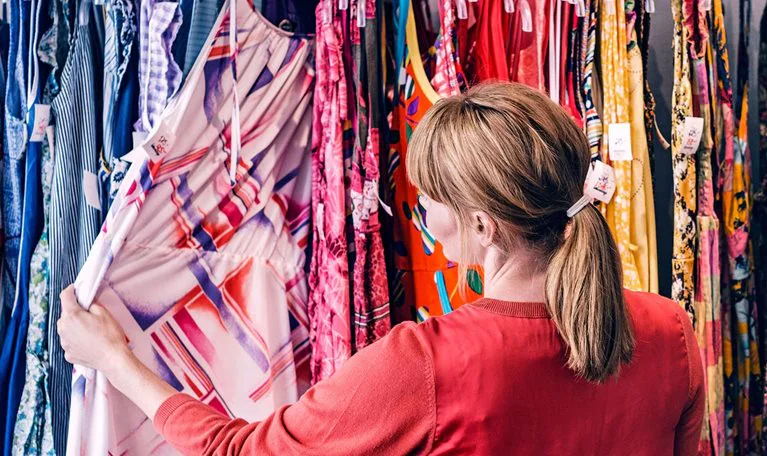You can contact us 24/7 447771208062
In search of fashion’s sustainability seekers
Young, urban fashion consumers actively seek out sustainable options, but most shoppers remain neutral to the idea. In fact, many find it challenging to figure out what actually constitutes “sustainability,” with a long, complex list of potential factors to consider. This could change, however, as millennials and Gen Zers reach both the age and income levels
The postpandemic state of fashion
In this episode of The McKinsey Podcast, Anita Balchandani and Achim Berg talk about the challenges and trends shaping the next wave of fashion. An edited transcript of their conversation follows. Diane Brady: Hello, and welcome to The McKinsey Podcast. I’m Diane Brady. What a year for fashion it has been. In this show, we’re going to talk about it
Sustainable style: How fashion can afford and accelerate decarbonization
Fashion brands, big and small, have made ambitious, public commitments to creating more sustainable apparel by 2030. But keeping pace with their decarbonization commitments has been a challenge across the industry. About two-thirds of brands, according to a new McKinsey analysis, are behind on their own decarbonization schedules, and 40 percent have seen their emissions output
What Is Fast Fashion?
Fashion is fun. If you’ve ever seen a makeover montage in an ’80s movie, you’re well familiar. Trying on, buying, and keeping clothes to reflect our various moods fulfills complex human needs for comfort and individual expression—as well as for consumption. Anita Balchandani is a senior partner in McKinsey’s London office, Achim Berg is a senior partner in the








